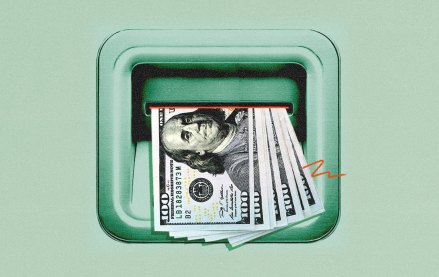
Don’t count out the clown.
After its same-store sales in November 2014 declined to their lowest in the U.S. in more than a decade — McDonald’s reclaimed lost ground last fall, with U.S. sales increasing for the first time since 2013.
Over the past year, McDonald’s has made several changes in order to provide better customer service and embrace long-term sustainable operations, whether that be rolling out all-day breakfast offerings across the country or pledging to go entirely cage-free with its egg supply.
But the focus has been as much on “repositioning McDonald’s as a modern, progressive burger company” and “improving consumer perceptions” of quality, as it has been on an operational overhaul, its president and CEO Steve Easterbrook affirmed during its third-quarter earnings call in October.
Here’s how McDonald’s got some lovin’ back in 2015:
By listening to customers
In early 2015, McDonald’s embarked upon a brand refresh, which its then-U.S. CMO Deborah Wahl termed as a move from the philosophy of “billions served” to “billions heard.” It has since listened to customer feedback, rolling out all-day breakfast across the U.S. in October 2015.
“Customers have been asking for this for years,” Easterbrook said during the earnings call. “We challenged ourselves to move past legacy barriers to deliver, and we did.”
By bringing digital in-store
While McDonald’s struggled with embracing technology when competitors like Wendy’s were creating full-fledged innovation labs, it finally got the hint in 2015. Recognizing that Americans increasingly expected a customized experience, it unveiled a program called “Create your Taste,” which lets people build their own burgers using digital kiosks.
Virginia Morris, vp of consumer strategy and insights at Daymon Worldwide, a brand-development company, said it was a step in the right direction. “The one-size-fits-all approach isn’t a sustainable approach to cater to today’s consumers, who want to make personalized and informed choices,” she said.
By making the mobile app leap
McDonald’s took another step to enhance the digital customer experience, launching a mobile app with store locator, menus, nutritional information and redeemable offers. As of October 2015, there were more than 2 million downloads of the app and more than 1.5 million offers redeemed, according to McDonald’s.
“McDonald’s is making a lot of right steps to focus on digital innovation and marketing, even though they are behind the curve in the restaurant industry and with what consumers expect from all brands today,” Sarah Lockyer, editor-in-chief of Nation’s Restaurant News, told Digiday.
By aggressive marketing
“One of their biggest advantages is that they have one of the largest marketing budgets in the world, “ said Lockyer. “For the younger customer, digital is where it’s at, and I think they’ve made a lot of improvements on that front, although they’re still trying to figure it out.”
While not all of McDonald’s pushes may have resonated as well — “Pay With Lovin’” was a disaster and “Lovin’ Beats Hatin’” as well as Hamburglar’s reboot got mixed reviews — McDonald’s has made some strides digitally.
For its all-day breakfast campaign, for instance, it roped in Giphy Studios to make a bunch of GIFs such as this one.
Not sure if we’re drooling because #AllDayBreakfast is so delicious, or because this gif is hypno… ti… zzz… pic.twitter.com/QWFbLkWETh
— McDonald’s (@McDonalds) October 6, 2015
More in Marketing

Danone takes cues from pharma marketing as GLP-1 changes American appetites
Danone brand Oikos has begun to take hints from the healthcare and pharma industry’s approach to marketing.

Parent co. of TJ Maxx, Marshalls brushes off tariff concerns with ‘plenty of merchandise’
TJX is effectively thriving amid tariffs and economic chaos, CEO Ernie Herrman said during Wednesday’s earnings call.

Digiday+ Research: Marketers plan less upfront spending this year
Significantly fewer marketers have plans to spend in the upfront market this year, and of those who do have upfront dollars to spend, fewer will spend more this year than they did last year.





